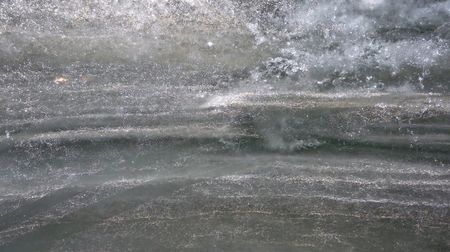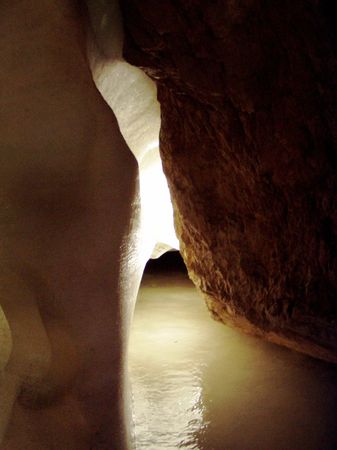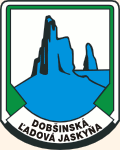
|
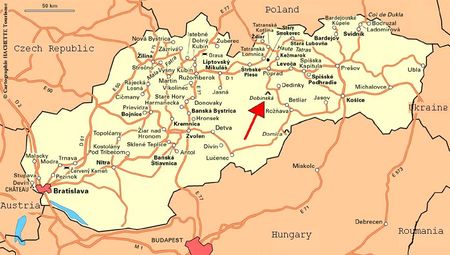 |
LOCATION
Dobšinká Ice Cave is located in the Spiš-Germer karst, in the national nature reserve Stratená in Slovakia, near Rožňava. By character of glaciations it is among the most important ice caves in the world and has been inscribed in the World Heritage List since 2000.
The entrance of the cave is at 969 m above sea level, 130 m above the bottom of the Hnilec valley. |
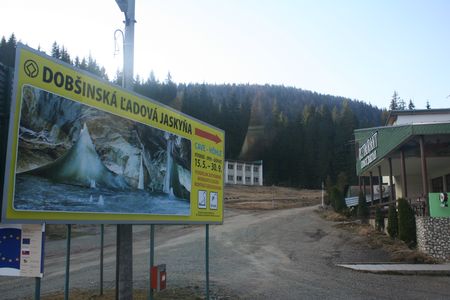
|
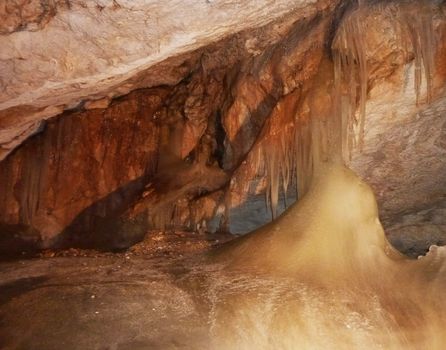 |
NATURAL SETTINGS
Dobšinká Ice Cave was formed in the Middle Triassic pale Steinalm. The beginning of ice formation dates back to 300,000 to 140,000 years ago.
The cave reaches a length of 1,483 metres and has a vertical span of 112 metres. The public can only visit 515 metres of the cave and used to be allowed to ice skate there all year long until 1946.
The main part of the cave is represented by a giant cavity descending from the entrance to the depth of 70 metres, which was formed by breakdown of rocks columns. |
| Most of its volume is filled with glacier, sometimes up to the ceiling. Ice fill occurs here in various forms and the highest thickness of ice is of 26.5 metres in some places. Glaciated surface has 9,772 m² and ice volume reaches 110,100 m³. |
|
The average annual temperature of air in the glaciated Great Hall reaches -0.4 to -1.0°C (in February -2.7 to -3.9°C, in August around +0.2°C). The air temperature in the non-glaciated parts fluctuates between +0.8 to +3.5°C. |
|
|
Concerning fauna, 12 species were found in the cave. One of the most important one is the occurrence of Pond Bat and Nattere's Bat which belong to the rarest species in Slovakia.
|
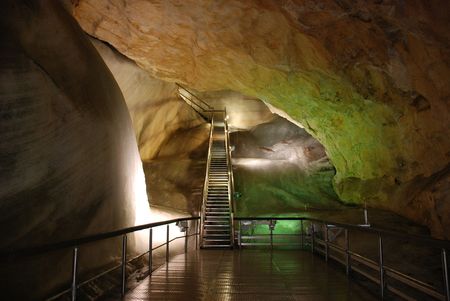
|
HISTORY
The cave was discovered on June, 15th 1870 by a royal mining engineer E.Ruffinyi, accompanied by G. Lang, A. Mega and F. Fehér who descended underground. The cave was opened to the public one year after the discovery (1871). In 1887, light was introduced in the cave. It was the first cave in the world to have electricity. |
THE LEGEND OF DOBŠINSKÁ ICE CAVE |
People in the 18th century believed that Dobšinská ice cave had been created by the spirit of Earth. This cave was a jewel of the kingdom of Hungary but it was known only by few people. They knew only one entrance to the cave, but there was another one and only Zsigmund Gheczy knew about.
One day, Gheczy killed his companion and stole some barrels of silver and gold coins. Because he was very mean, he hid them in the cave. He wanted to use them in bad times later. Once, some noblemen came to Gelnica manor house and wanted Gheczy to lend them money for the army. Gheczy promised them the money but asked them to wait for him in the cave. But a terrible storm started and Gheczy was afraid to leave his house.
Meanwhile all the noblemen were waiting for him only in the light of three candles in a hall now known as the "Marquee of Bedouins".
But suddenly colossal lightning hit the top of the hill and for a moment it lit the beautiful ice cave which then got completely dark as all the candles were blown out. After the lightning, a huge hole appeared in the hill and in the cave rocks collapsed creating a deep chasm, today known as "Hell", and a big boulder blocked the entrance of the cave.
The noblemen realised that there wasn't any other way to go back and that they would die in this beautiful ice tomb without any lights. Suddenly one of them saw a light approaching them. Everybody felt better they thought that it was Gheczy. But when their rescuer came closer they found out that it was Gheczy's daughter and the wife of one of the lords. Her name was Julia - also known as the White Lady Levoča's. The entrance of the cave was secret so they accused her of high treason. But fortunately, they forgave her and gave her one more chance but under one condition that she wouldn't reveal to anyone where this secret entrance was.
|
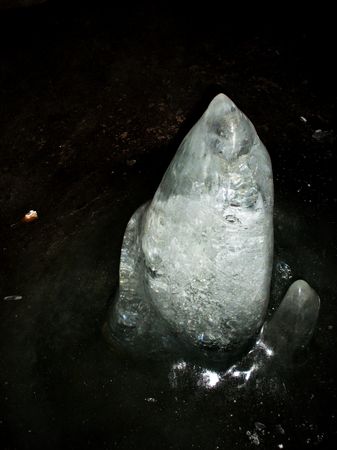 |
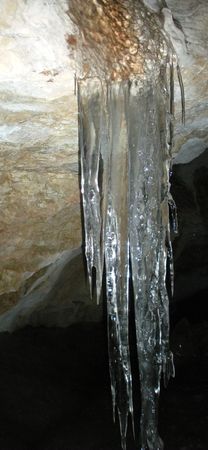
|
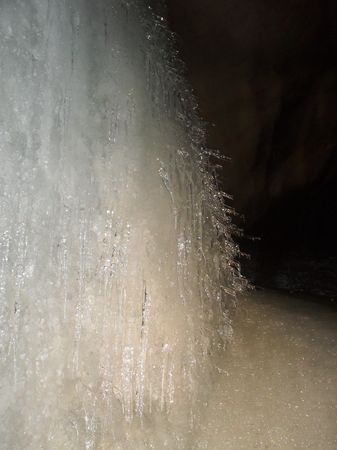 |



